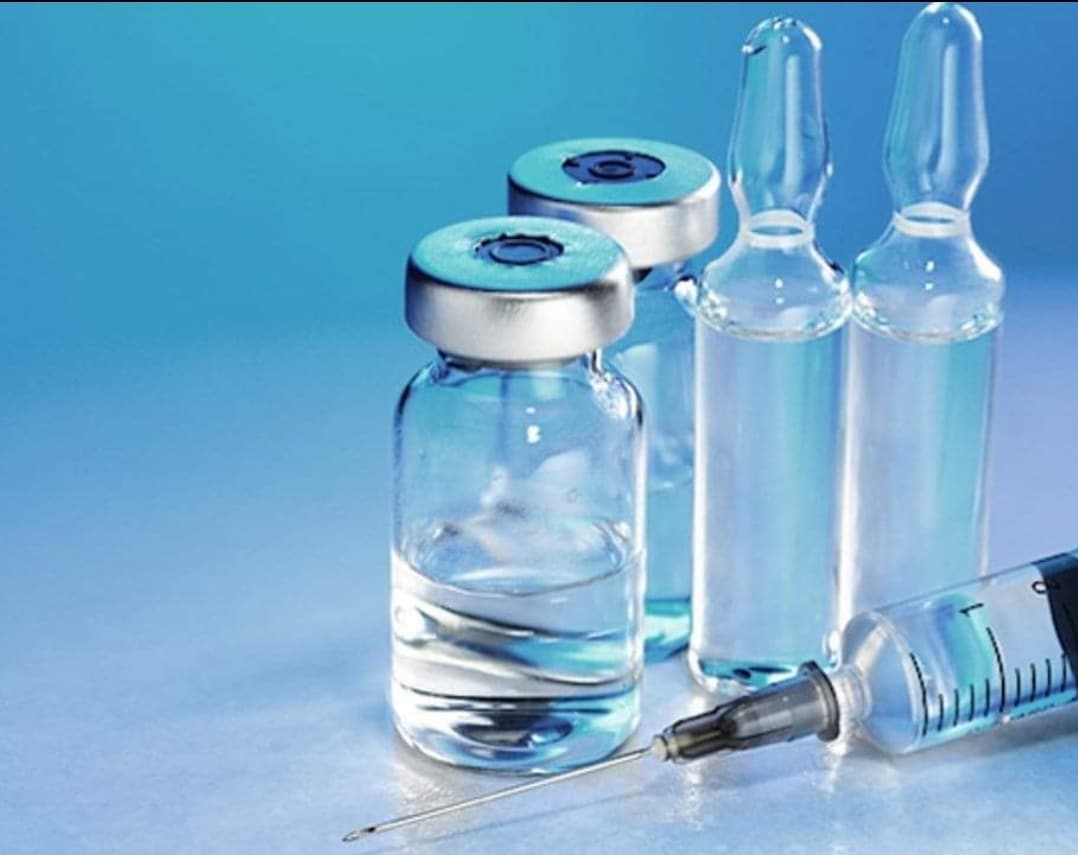USP Subvisible Particulate Matter Testing
The United States Pharmacopeia (USP) Subvisible Particulate Matter Test is a critical quality assessment used in the pharmaceutical industry to ensure the safety and efficacy of injectable and parenteral products. This test detects particulates that are too small to be seen with the naked eye but could potentially pose risks if present in high concentrations within a drug product.
The primary purpose of this testing is to protect patients from potential adverse effects such as irritation, embolism, or other complications associated with particulate matter. The test is mandatory for certain injectable products and is part of the regulatory compliance framework set by the USP and FDA (Food and Drug Administration).
During the test, samples are filtered through a specified filter under controlled conditions to capture any particulates that may be present in the solution. These particles are then examined using light microscopy according to specific acceptance criteria outlined in USP guidelines.
The methodology ensures that only those particles larger than 5 micrometers (μm) and 20 micrometers (μm), depending on the size of the injection site, are detected. This allows for a more accurate assessment of potential risks to patients who may be receiving these medications via injection.
The testing process is rigorous and adheres strictly to international standards such as ASTM E2097-15, which provides detailed protocols for the operation and calibration of equipment used in this type of analysis. Compliance with these standards ensures that laboratories performing these tests can consistently deliver accurate results.
The importance of USP Subvisible Particulate Matter Testing cannot be overstated, especially when dealing with products intended for injection or infusion into patients. It is a key step in ensuring the quality and safety of pharmaceuticals before they reach clinical use.
Scope and Methodology
| Step | Action |
|---|---|
| Sample Collection | Collect the sample using sterile techniques to avoid contamination. |
| Filtering | Pass the collected sample through a filter with a pore size appropriate for the product being analyzed. Typically, this involves passing it through a 0.22 μm filter. |
| Illumination | Illuminate the filtered sample using a specific angle of light that emphasizes particulates. |
| Examination | Examine the filtered sample under a microscope according to USP guidelines. This involves counting and categorizing any particles detected based on their size and appearance. |
| Evaluation Criteria | Evaluate the results against predefined acceptance criteria, which vary depending on whether the product is administered subcutaneously or intravenously. |
The filtration process is crucial as it helps to concentrate any particulate matter present in the solution. The illumination step ensures that even very small particles are visible for accurate counting and evaluation. By following these steps meticulously, laboratories can ensure they meet stringent regulatory requirements and provide reliable data.
Quality and Reliability Assurance
The quality of USP Subvisible Particulate Matter Testing is critical to maintaining the integrity of pharmaceutical products. Laboratories must adhere strictly to established protocols, use calibrated equipment, and employ trained personnel to conduct these tests reliably.
To ensure reliability, laboratories should undergo regular calibration checks of their instruments, including light microscopes used for examination. Personnel involved in conducting these tests should be certified according to relevant training programs provided by organizations like the USP or other recognized bodies.
Quality assurance also involves maintaining detailed records of all test procedures and results. These documents are essential not only for internal quality control purposes but also for regulatory inspections conducted by agencies such as the FDA.
In addition, laboratories should participate in proficiency testing programs where available to further validate their methods against industry standards. Participation in these programs helps identify any potential weaknesses in laboratory practices early on and allows for continuous improvement.
Use Cases and Application Examples
- Intravenous Infusions: Ensuring that IV fluids are free from particulates large enough to cause blockages or adverse reactions.
- Skin Penetration Products: Verifying the absence of particles that could lead to irritation upon application.
- Vaccines: Detecting any potential contaminants that might compromise vaccine efficacy.
- Liposomal Delivery Systems: Checking for particulates within these complex formulations which can affect stability and delivery mechanisms.
- Hyaluronic Acid Fillers: Guaranteeing the purity of fillers used in aesthetic procedures to minimize adverse effects like inflammation or infection.
- Infant Formulations: Providing assurance that even very small particulates do not exist, ensuring safety for vulnerable populations.
These examples illustrate how USP Subvisible Particulate Matter Testing plays a vital role across various sectors within the pharmaceutical industry. Its application ensures consistent quality and safety standards are maintained throughout all stages of product development and manufacturing.





